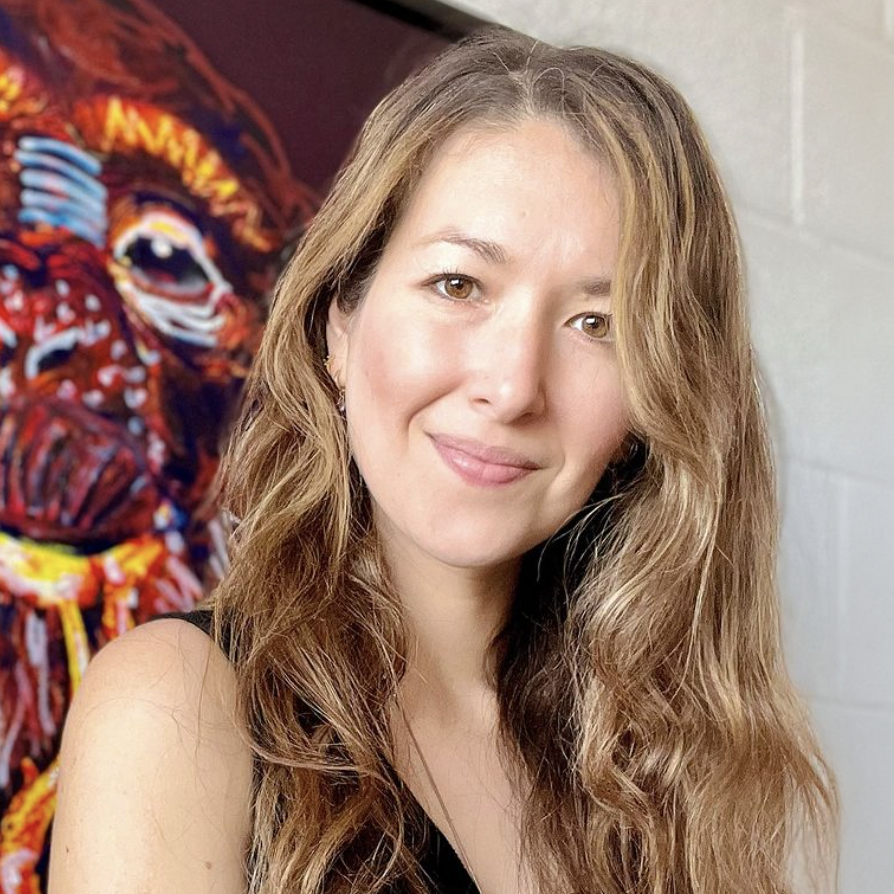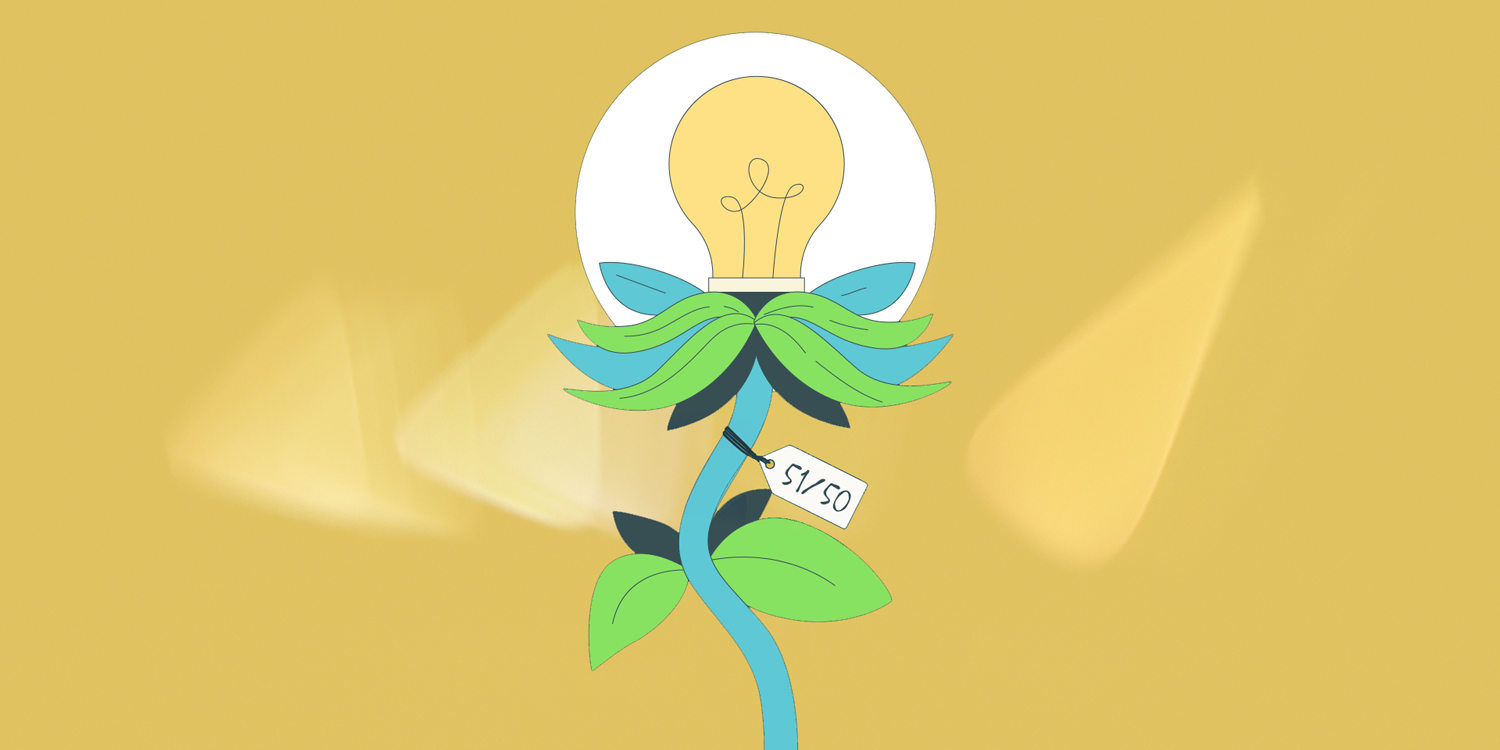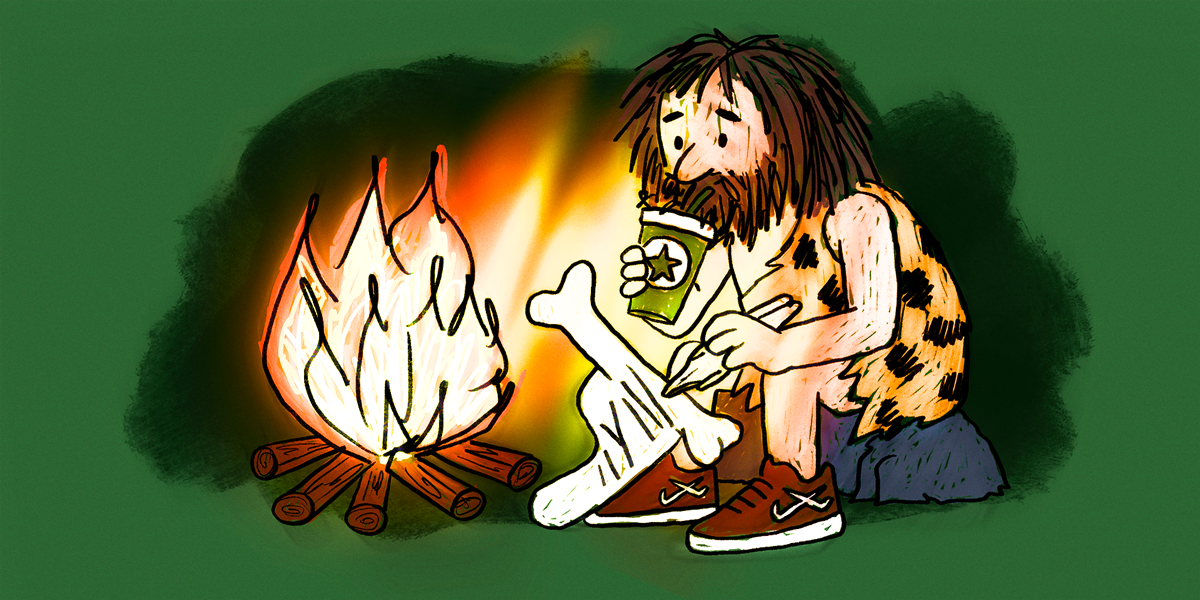By Karen Cantú
“The one sitting on the throne was as brilliant as gemstones — like jasper and carnelian. And the glow of an emerald circled his throne like a rainbow” (Revelation 4:3 NLT).
“Now Israel loved Joseph more than all his children, because he was the son of his old age: and he made him a coat of many colors” (Genesis 37:3 KJV).
We all appreciate color, whether consciously or not. From the clothes we choose to wear to our home decor, color surrounds us and influences us. While most people appreciate color’s ability to beautify, for me, it transcends our mundane aesthetics — it is a source of profound spiritual wisdom.
Color creates a uniqueness in every facet of my earthly existence — the hues of nature, the tones of beautiful days and stormy nights, the palette my dreams display, the tints of memories, the diverse shades emotion paints my body, and the spectrum that reflects my feelings — it is a language of communication with my Creator.
Unraveling the depths of this insight has been a journey, shaped by diverse life experiences and memories.
Early Color Encounters
Since as far I can recall, color has always fascinated me — I dare to say — even more than it did other kids. I have vivid memories of painting with crayons in preschool, where I noticed how they blended differently from markers. (In case you are wondering, my favorite combination was using a red-violet Crayola and on top an aqua blue marker, creating the most beautiful shade of purple out of all others available in the art materials box.)
_
“Picking art supplies was a task with a lot of mindful consideration for 3-year-old Karen.“
_
I remember one day, during a meal out with my mom and her friends, the waiter surprised me with crayons that were not the usual ones from school. It was then that I started paying attention to the differences in color hues between brands, finding myself drawn to certain ones for reasons I could not fully explain then. My understanding now is that I just knew which ones I preferred based on factors like color intensity, blending capabilities, and the range of hues they offered. Picking art supplies was a task with a lot of mindful consideration for 3-year-old Karen (and still is).
As I grew up, color remained deeply personal and internal, but gradually became subdued. At age 5, I vividly recall choosing a pink dress with yellow flowers for a visit to an animal farm, as its vibrant colors mirrored the spectrum of joy I felt by this event. However, by 15, I found myself opting to wear only black, influenced by increased body awareness and insecurity. These memories prompted me to reflect on how personal and cultural influences can restrict our expression of color, shaping our choices and perceptions.
During my college years, as I began my formation as an interior architect, I started realizing that color extends beyond influencing our clothing choices; it profoundly impacts our environments as well. Through experimentation in my projects, I fearlessly was using colors no one dared to use, such as presenting a purple model instead of the typical architect’s beige or white. Though I was not initially aware of the study of color psychology, I instinctively developed reasoning behind why each color worked in specific contexts.
As I transitioned into the professional world of visual art and design, color became the key aspect of my work. I began to study and delve into the psychology of color, making deliberate choices in every project. Over time, I cultivated a keen sensitivity to hues, shades, and color harmonies. Color for me started to become a language of its own.
Dreaming in Color
“The wall was made of jasper, and the city of pure gold, as pure as glass” (Revelation 21:18).
During a time of much struggle and sadness, God gave me a dream, and although this dream had many messages and deeper meanings that would be slowly revealed with time, color was an important symbolic language He used to awaken communication with me.
_
“This encounter ignited a profound curiosity about the symbolism and impact of color in both our waking and spiritual lives.”
_
In the dream, after a long time hiking a big and tall mountain desperately looking for the cabin my recently deceased cat was living in, I finally arrived at the top. While I was catching my breath, I glanced beyond the trees and saw on the horizon an enormous colored light city. Everything was made of glass — of colors I still do not know how to describe with words or even replicate in my art. I was in awe to see such a beautiful scene in front of my eyes.
Even though the dream was more focused on my dealing with the guilt I was feeling by the death of my beloved Marshall — and God answering my prayers by showing me that he was OK — at the end, a lady in white came and stood next to me. As I cried on my knees begging her so I could take Marshall back to Earth with me, she gently touched my shoulder and said with the most loving voice, “No, this is Marshall’s home now, as it is yours. He will be here when you come back.” I lifted my head and looked again at the colorful glass city, and with its vibrant light reflecting in my tears, I woke up.
This God-given dream became a catalyst for my spiritual journey in numerous ways. It was as if God unveiled the colors of His kingdom to me during a time of need, stirring within me a restless longing for the place my spirit calls home. Simultaneously, it awakened a thirst for knowledge and understanding of the language He was using to reveal these truths to me.
Before this experience, the colors in my dreams often went unnoticed. Yet, this encounter ignited a profound curiosity about the symbolism and impact of color in both our waking and spiritual lives. For years now, I have maintained a dream journal, convinced that dreams are messages from God. It is within the pages of this journal that I began meticulously recording the colors that appeared in my dreams.
_
“Over time, the colors that appeared in my dreams began to offer profound insights into my life.”
_
I delved not only into the contemporary psychology of color but also into the ancient wisdom and symbolism surrounding it. I immersed myself in the pages of my Bible, scouring its verses for references to color and their meanings. Over time, the colors that appeared in my dreams began to offer profound insights into my life.
Through my dreams, God has used color to warn me about the envy of a close person by subtly shifting the clothing from blue to green as they hugged me. He exposed the fakeness, hurt, and abuse a person was inflicting upon my best friend while he was holding and pointing a light baby blue gun at me. God urged me to search and confront the root of my sadness while leading me on a quest to find a blue elephant in the woods.
Deeper Truths
Although it is known that color has different meanings depending on our cultural and individual experiences, the whole essence of the understanding of symbolism is that there are indeed planes of interpretation, for is not God able to say many things in one?
In my study of colors and their symbolic meanings, I am amazed by the profound alignment between their physical attributes and deeper significance. It is fascinating to see how a color’s value in the tangible world directly corresponds to its symbolic importance. This observation led me to consider theologian Emanuel Swedenborg’s insights into color symbolism. Swedenborg suggests that colors convey truths beyond their appearance, consistent across cultures, inviting us to explore deeper spiritual insights in every hue.
_
“Colors are woven into the narrative as symbols of God’s wisdom and revelation. Each hue speaks about God’s plan of redemption and grace.”
_
Reflection
I reflect on the profound theological depths found within the pages of Scripture — from the vibrant descriptions of the heavenly throne in Revelation (Revelation 4:3) to the covenant sign of the rainbow in Genesis (Genesis 9:13), colors are woven into the narrative as symbols of God’s wisdom and revelation. Whether it is the crimson thread of Rahab’s rescue (Joshua 2:18) or the purple robe worn by Jesus during his trial (Mark 15:17), each hue speaks about God’s plan of redemption and grace.
My hope is that as I continue to share my insights along this spiritual journey, it will awaken your curiosity for the language colorfully encrypted in all aspects of our existence. Romans 1:20 tells us that God’s invisible qualities are revealed through His creation. Color is a vibrant testament of God’s creation.
+

Karen Cantú is a multidisciplinary designer and brand strategist serving as the lead visual designer for Light + Life Magazine and the communications department of the FMCUSA. With a foundation in design and nearly a decade of creative experience, she brings a thoughtful approach to helping faith-based and mission-driven organizations shape identities that are not only seen, but deeply felt.
Her work blends creative strategy, symbolic thinking, and emotional clarity to bring coherence to brands, messages, and movements. She is also a digital visual artist known for her surreal, reflective style under the name Karen Katar. Born in Mexico and now based in Quebec, she shares life with her husband Charles and their two beloved pets, Lily and Penny. Outside of her creative work, she finds renewal in gardening and paddle boarding.










